3D Rendering Video
We can do:

Product Rendering Video
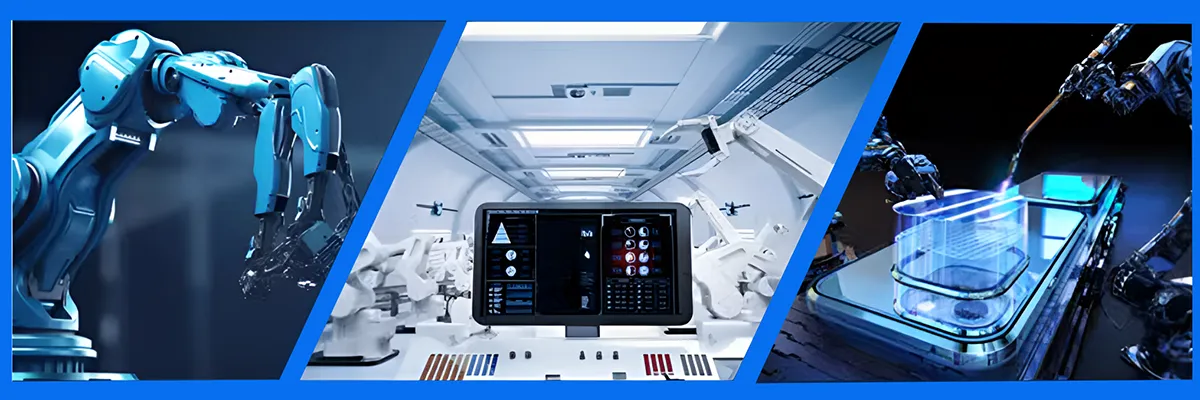
Mechanical Operation Video
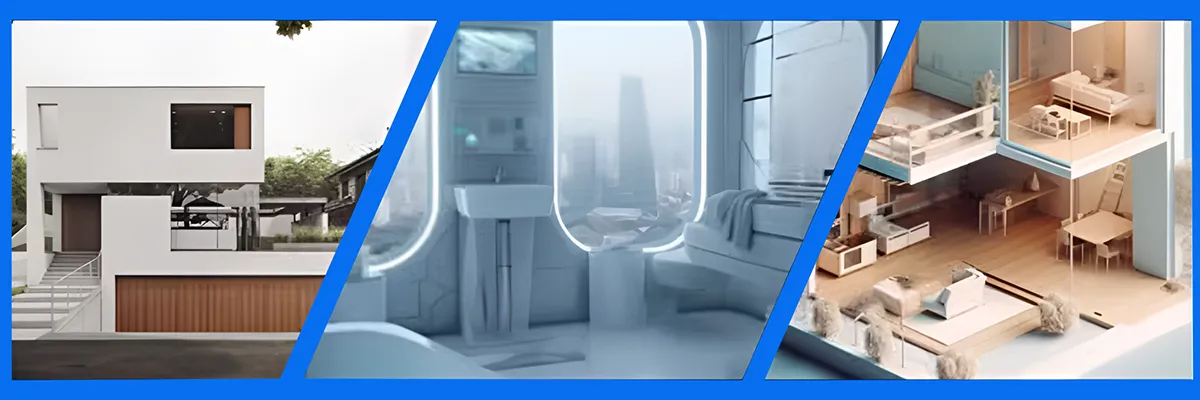
Indoor and Outdoor Roaming Animation
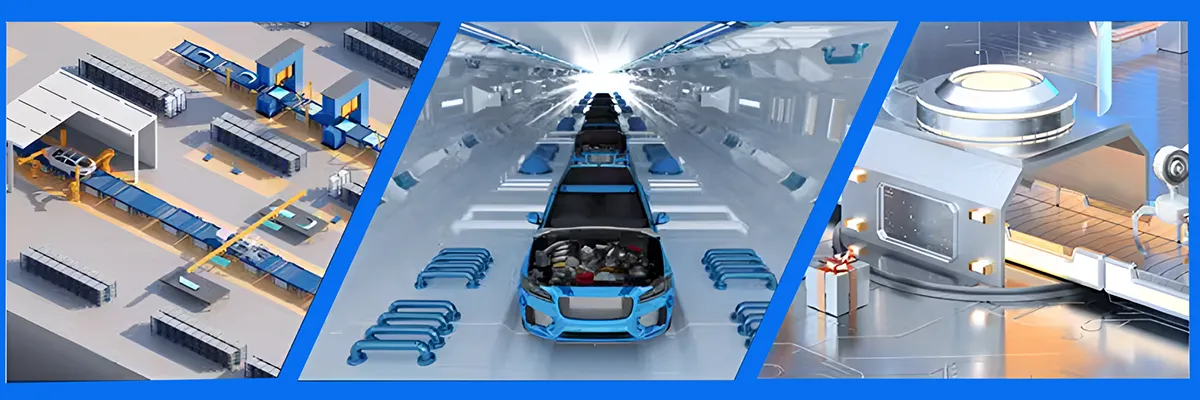
Industrial Assembly Line Demonstration Video
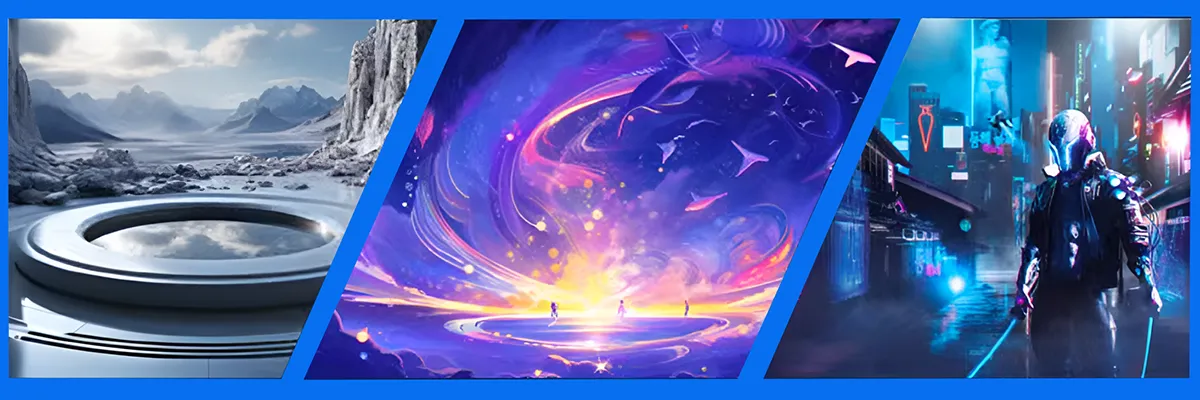
3D Scene Video
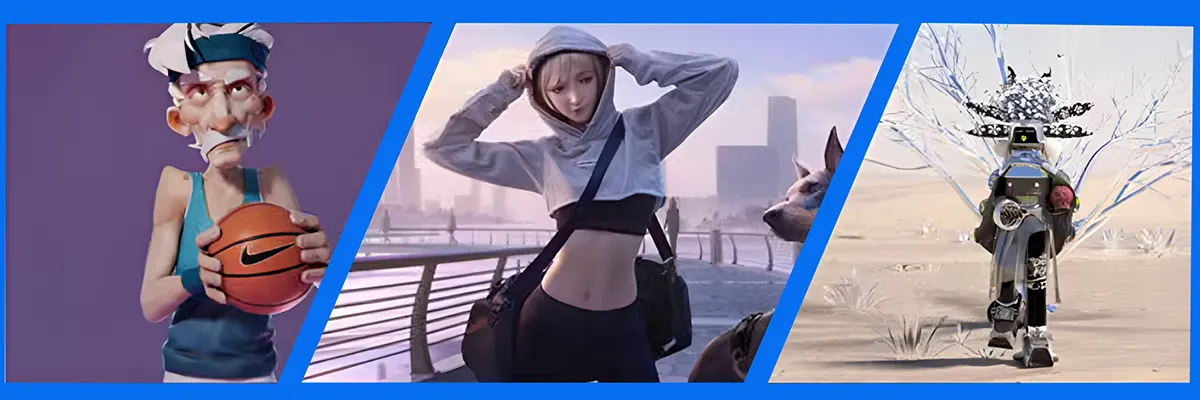
Charactor/Game Video
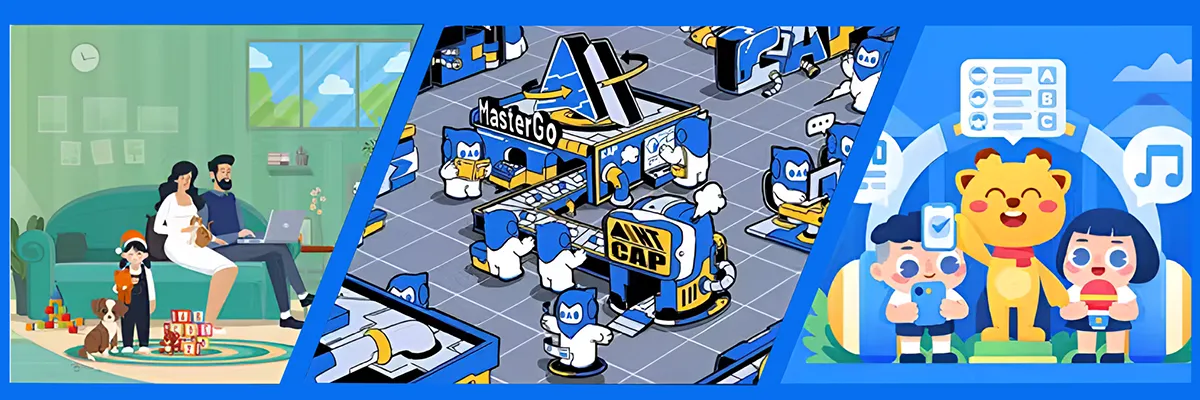
2D Animation
All of our services are provided through one-on-one professional interaction between designers and clients, with the specific process as follows:
We provide quotations based on the rendering complexity of your product.
We engage in detailed discussions and create the model through iterative communication.
We will revise the model until you are satisfied, with unlimited revisions available.
According to your requirements for the model, we will select appropriate materials, scenes, and rendering angles for animation rendering.
Upon completion, we will send you the source files of the production.
Due to the time-consuming and labor-intensive nature of 3D production, we regret to inform you that this project is non-refundable. If you are not satisfied with our work, we can offer a refund based on the proportion of work completed. We recommend that first-time collaborators start with our photo retouching services to experience our artistry services.
This item is different from 3D Rendering because of the following:
Concepts and Purposes
3D Rendering: It is a process of transforming a 3D model into a realistic 2D image through computer graphics algorithms. The main purpose is to generate high-quality static images, which are used to showcase product designs, architectural appearances, character models, etc., in order to present details and textures.
3D Video Production: It refers to using 3D technology to create dynamic video content. In addition to including 3D models and rendering, it also involves animation design, camera movement, timeline planning, etc., with the purpose of telling stories, conveying information, or providing an entertaining experience.
Production Processes
3D Rendering
Model Creation: Use 3D modeling software to create precise 3D models, including the shape, structure, and details of objects.
Materials and Textures: Assign material properties to the model, such as metal, wood, glass, etc., and add textures to enhance the sense of reality.
Lighting Setup: Arrange the lights, determine the direction, intensity, color, and type of illumination to create an atmosphere and highlight the characteristics of the objects.
Rendering Output: Calculate and generate the final static image through the renderer, and you can adjust the rendering parameters to achieve the best results.
3D Video Production
Pre-production Planning: Determine the theme, storyboard, characters, and scenes of the video, and plan the overall plot and rhythm.
3D Modeling and Materials: Similar to 3D rendering, create models and assign materials, but more model variants may be required to adapt to animation changes.
Animation Design: Define the movement of characters and objects, including keyframe setting, skeletal animation, physical simulation, etc., to make the scene come to life.
Camera and Cinematography: Set the position, angle, and movement track of the virtual camera, simulate the real shooting effect, and select appropriate camera types and focal lengths.
Rendering and Post-production: Render each frame of the image in chronological order, and then conduct post-production, such as adding special effects, subtitles, audio, adjusting colors, and compositing.
Technical Emphases
3D Rendering: It focuses on accurately presenting the appearance of objects, including the texture of materials, the distribution of light and shadow, and the clarity of details. It requires in-depth knowledge of rendering algorithms, material properties, and lighting principles to achieve realistic static effects.
3D Video Production: In addition to rendering technology, it pays more attention to the smoothness of the animation, the application of camera language, and the telling of the story. It is necessary to master animation principles, laws of motion, camera scheduling, as well as knowledge of video editing and audio processing.
Time and Resource Consumption
3D Rendering: Generating a high-quality single rendered image may take a long time, especially for complex scenes and high-resolution requirements. However, compared with 3D video production, the resource consumption is mainly concentrated on a single rendering calculation.
3D Video Production: Since it is necessary to render a large number of frames, the total rendering time will be very long, and it has higher requirements for the performance of computer hardware. At the same time, animation design and post-production also require a lot of time and effort.